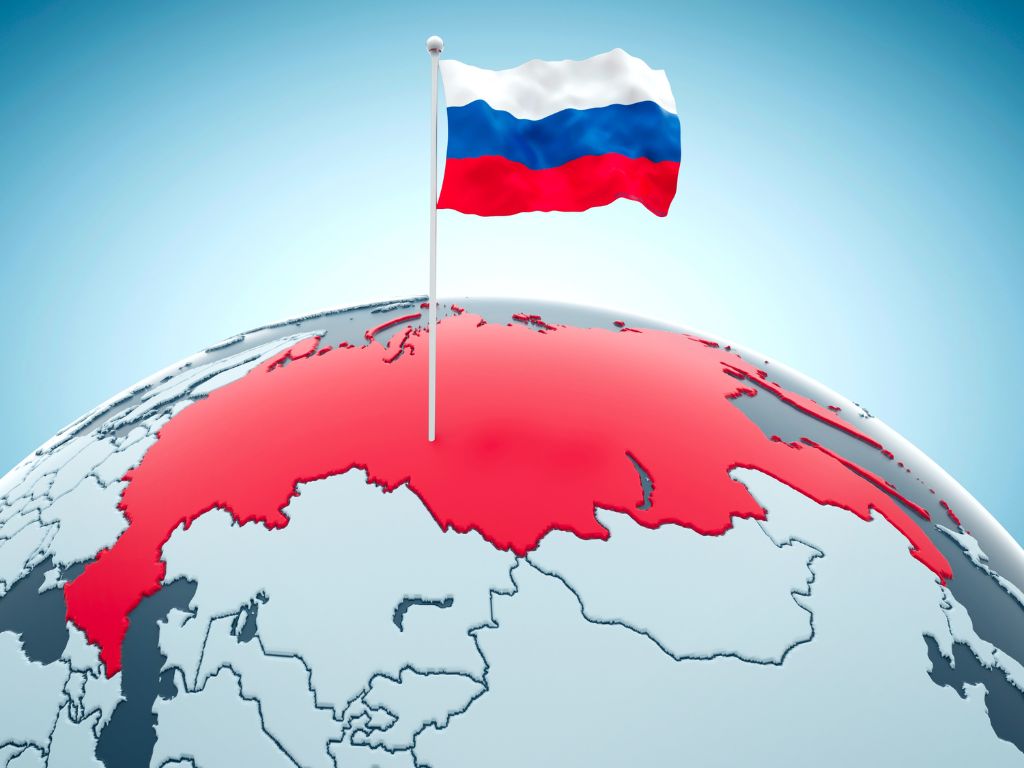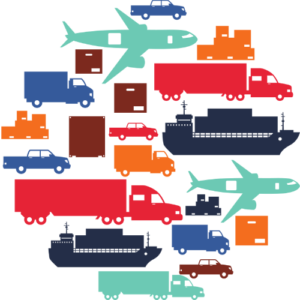
Column 2: The United States Strategic Weapon of Trade
By NNR USA In Insight On 12th January 2023
Following the armed invasion of Ukraine on February 24th, 2022, the United States imposed economic sanctions on the Russian Federation and the Republic of Belarus. These intensified on April 9th, with the U.S. suspending normal trade relations with both countries.
The suspension of normal trade relations with Russia and Belarus placed both countries under “Column 2” Duty Rates in the Harmonized Tariff Schedule (HTS) of the United States. Since 2006, these duty rates have only applied to the Republic of Cuba and the Democratic People’s Republic of Korea.
Column 2 is an often overlooked yet critical component of the United States Trade Policy. But what is Column 2 exactly? What are the consequences of joining this list? And how did this Cold War Era policy become a powerful economic weapon of deterrence in the 21st Century?
What is Column 2?
The HTS contains two brackets of duty rates for each tariff classification.
Column 1 applies to nations with normal trade relations with the U.S. The General subsection represents standard duty rates. These rates apply to any country with normal trade relations with the U.S. The Special column shows reduced or nullified rates for goods eligible for free trade agreements and other preferential tariff treatment programs.
At the far right, there is Column 2. Column 2 contains duty rates reserved for imports from nations that do not have normal trade relations with the U.S. It economically discourages importing from these nations by imposing increased duty rates. These duty rates can range from free to over 100% increase.
Examples of the different duty rates include:
HTS | Description | Column 1 Duty | Column 2 Duty |
9701 | Paintings, Artwork | Free | Free |
2208.60 | Vodka | Free | $1.78/Proof Liter |
3815.19 | Reaction Initiator Catalyst (used in making fuels and binders like cement) | Free | 25% |
6505.00 | Russian уша́нка (Fur hat): | 6.8% | 90% |
8104.11 | Magnesium | 8% | 100% |
The Impact of Column 2
Imports from Column 2 countries usually face additional trade sanctions and embargos imposed by the U.S. State Department and other government agencies to impact designated countries further.
Imports from North Korea into the U.S. are virtually non-exist, with one figure from 2010 showing a total of $8,760. Cuba fairs better in recent years, with $2.9 million in imports in 2021. Both figures have mainly been from imported paintings and artwork.
Russia and Belarus were heavy exporters of chemicals, plastics, base metals, oil, and other popular industry essentials before 2022. In 2021, Russian imports into the U.S. reached $30.76 billion, while Belarussian imports totaled $504.85 million. The war and subsequent sanctions imposed saw these figures plummet to $732 million for Russian imports and $3.67 million for Belarus as of October 2022.
Within six months of placing these countries under Column 2, 98% of their import capital into the U.S. was gone. The pain on the Russian and Belarussian economies further amplified with similar sanctions imposed by at least 37 other nations and a boycott from over 1000 companies based in Europe, North America, and Australasia that have withdrawn or divested from Russia.
Brief History of Column 2
Column 2 began in 1987 when the first version of the Harmonized Tariff Schedule of the United States (HTSUS) was formalized. Under General Note 3 (d) of the HTSUS published in 1987, Column 2 was to apply to “Products of Communist Countries” originating from one of these defined nations:
Afghanistan
Albania
Bulgaria
Cuba
Czechoslovakia
Estonia
German Democratic Republic and East Berlin
Indochina (any part of Cambodia, Laos, or Vietnam which may be under Communist domination or control)
Korea (any part of which may be under Communist domination or control)
Kurile Islands
Latvia
Lithuania
Outer Mongolia
Southern Sakhalin
Tanna Tuva
Union of Soviet Socialist Republics and the area in East Prussia under the provisional administration of the Union of Soviet Socialist Republics
Notably absent from this list was the People’s Republic of China, which along with Tibet, was granted “nondiscriminatory status” under a concurrent congressional resolution in 1979. This bilateral trade agreement set the stage over the next four decades for China to advance as the U.S.’s largest trading partner until the U.S. initiated the China-United States Trade War in 2018.
This list remained consistent until the Cold War’s final years, which began to see countries of the “Second World” drop off, reflecting the changing geopolitical climate. East Germany, Estonia, Latvia, and Lithuania were off the list by 1992. The Soviet Union was off the list by the 1994 Edition. However, four of its successor states, Azerbaijan, Tajikistan, Turkmenistan, and Uzbekistan, were added the same year, only to be dropped the following year.
By the 2000 Edition, five nations remained on the list: Afghanistan, Cuba, Laos, North Korea, and Vietnam. By the 2006 Edition, only Cuba and North Korea remained. They would remain the only two Column 2 countries until joined in 2022 by Russia and Belarus.
Ironically, Russia and Belarus have come full circle concerning trade with the United States. 30 years ago; both nations were subject to Column 2 as part of the Soviet Union. Russia’s decision to invade Ukraine triggered the harsh consequence of being subject again to Column 2, which economists predict will set the Russian economy back 30 years.

Peter F. Killian
Brokerage Manager, LCB, CCS
NNR GLOBAL LOGISTICS USA - Chicago
Email: pkillian@nnrusa.com

Find NNR Offices Near You
Contact our team for more forwarding solutions.


